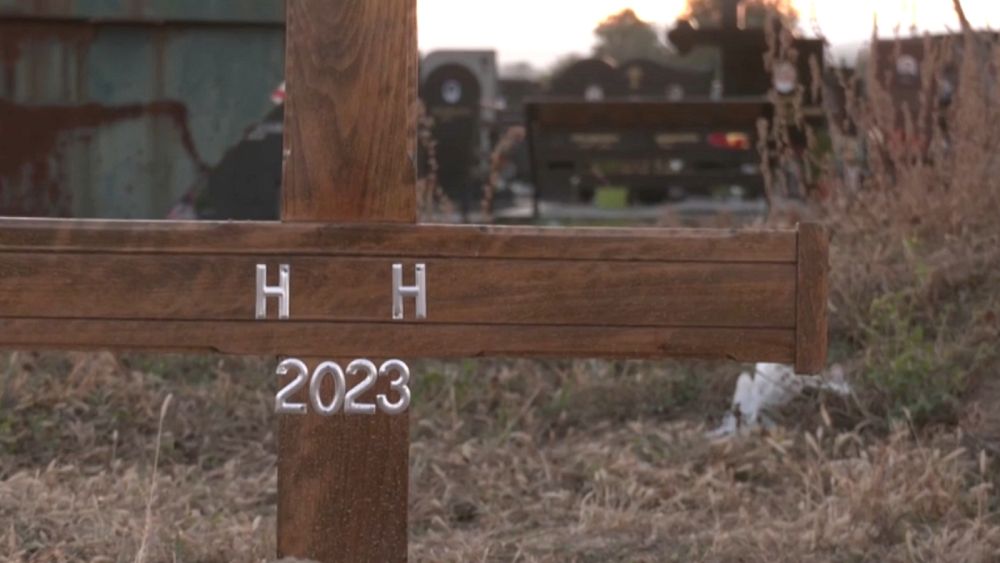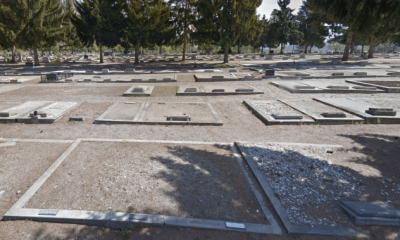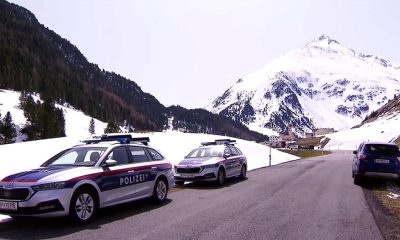General News
Without a trace: The nameless graves along the Balkan migration route

As migrants travel along the Balkan route towards Western Europe, NGOs are trying to keep track of those who lose their lives, but many tombstones remain nameless.
The Drina river runs across the Balkans and forms a large part of the border between Serbia and Bosnia and Herzegovina.
Near the town of Loznica, on the Serbian side of the border, surrounded by dense forest, the Drina is a forbidding obstacle that migrants must cross on their way to a better life in Western Europe.
For many migrants travelling along the Western Balkan migratory route, this 346 km long river would spell not only the end of their journey but the end of their lives.
“The problem is that we don’t know who was buried”, says Milica Švabić, a lawyer for the NGO KlikAktiv, who explains how “all the graves are marked as unknown and only the year of death is indicated.”
As reported last week by a consortium of European academics and media, including Der Spiegel and Lighthouse Reports, the exact number of migrants who drowned in the Drina is not known, as authorities do not keep official records.
In a cemetery in the western Serbian town of Loznica, 12 identical graves appear. Here the deaths of migrants on the Balkan route are recorded by local activists but it is impossible to obtain a precise estimate. 400 deaths have been recorded since 2015.
Watch the full report in the video player above.
Source
Disclaimer: No copyright infringement intended. All rights and credits reserved to respective owner(s).
























